Wednesday, November 5, 2008
14187
Single-Stage Immediate Breast Reconstruction Using Silicone Implants: An Outcomes Analysis of 73 Consecutive Procedures
Abstract
Single-Stage Immediate Breast Reconstruction Using Silicone Implants: An Outcomes Analysis of 73 Consecutive Procedures
Background: Primary breast reconstruction usually consists of single-stage flap or two-stage tissue expander/implant reconstruction techniques. The purpose of this study was to analyze a single surgeon's consecutive series of single-stage reconstruction, without use of tissue expanders, proceeding immediately with placement of silicone implants.
Methods: Between June 2003 and December 2007, 73 immediate breast reconstructions with silicone implants were performed in 40 patients, mean age of 49 years old (range 26-68 years old), who underwent mastectomies. The surgical technique utilized acellular dermal matrix as a pectoralis major muscle extension after release of the pectoral inframedial fibers to allow higher volume silicone implants to be used and provide adequate implant coverage. Average silicone implant size was 500cc (range 275cc-700cc). Skin sparing mastectomies provided enough viable skin to easily allow primary closure of the skin for a single stage reconstruction. All reconstructions were performed by a single surgeon in a private hospital setting. The charts were reviewed retrospectively for morbidity and outcomes.
Results: The mean follow-up time was 20.7 months, (range 2-56 months). There were 71 successful breast reconstructions (97.3%) that provided single stage restoration of the breast mound. In the 40 patients, there was one DVT (2.5%) and one post-operative altitude-related hypoxic episode (2.5%). In the 73 reconstructions, there were zero hematomas, three sterile seromas (7.5%), one infected seroma (2.5%) requiring open capsulectomy six months post-operatively, seven surgical site infections (9.6%), three non-surgical site infections (7.5%), 10 mastectomy skin debridements (13.7%), 10 capsular contractures (13.7%)-four due to radiation therapy, one due to infected seroma, and five idiopathic. Two breast reconstructions (2.7%), in one patient, were unsuccessful due to beta-hemolytic streptococcal sepsis five weeks post-operatively due to severe streptococcal pharyngitis. Both implants were explanted, however, intra-operative cultures were negative for any infection. Of the 71 successful breast reconstructions, one had prior lumpectomy with radiation therapy five years prior to mastectomy, one had radiation therapy 21 years prior to mastectomy for treatment of Hodgkin's Lymphoma, and eight had unexpected post-operative radiation therapy. There was no loss of reconstructions in the radiated breasts (13.7% of total reconstructions).
Conclusion: Immediate reconstruction with silicone implants utilizing acellular dermal matrix and skin sparing mastectomy is a safe and efficacious single stage breast mound reconstruction technique.
Lisa M. Hunsicker, MD FACS
Photos
Single-Stage Immediate Breast Reconstruction Using Silicone Implants: An Outcomes Analysis of 73 Consecutive Procedures


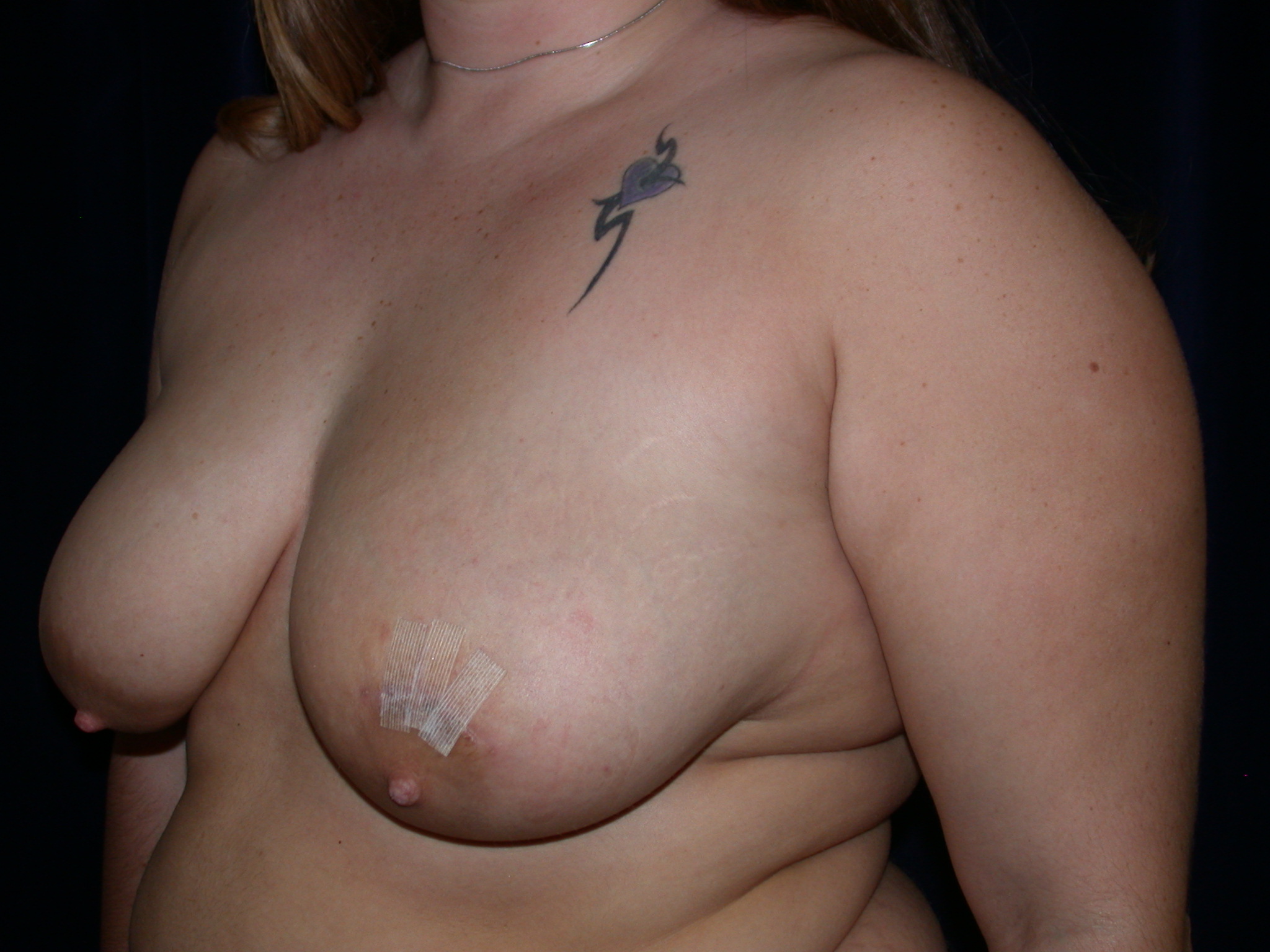
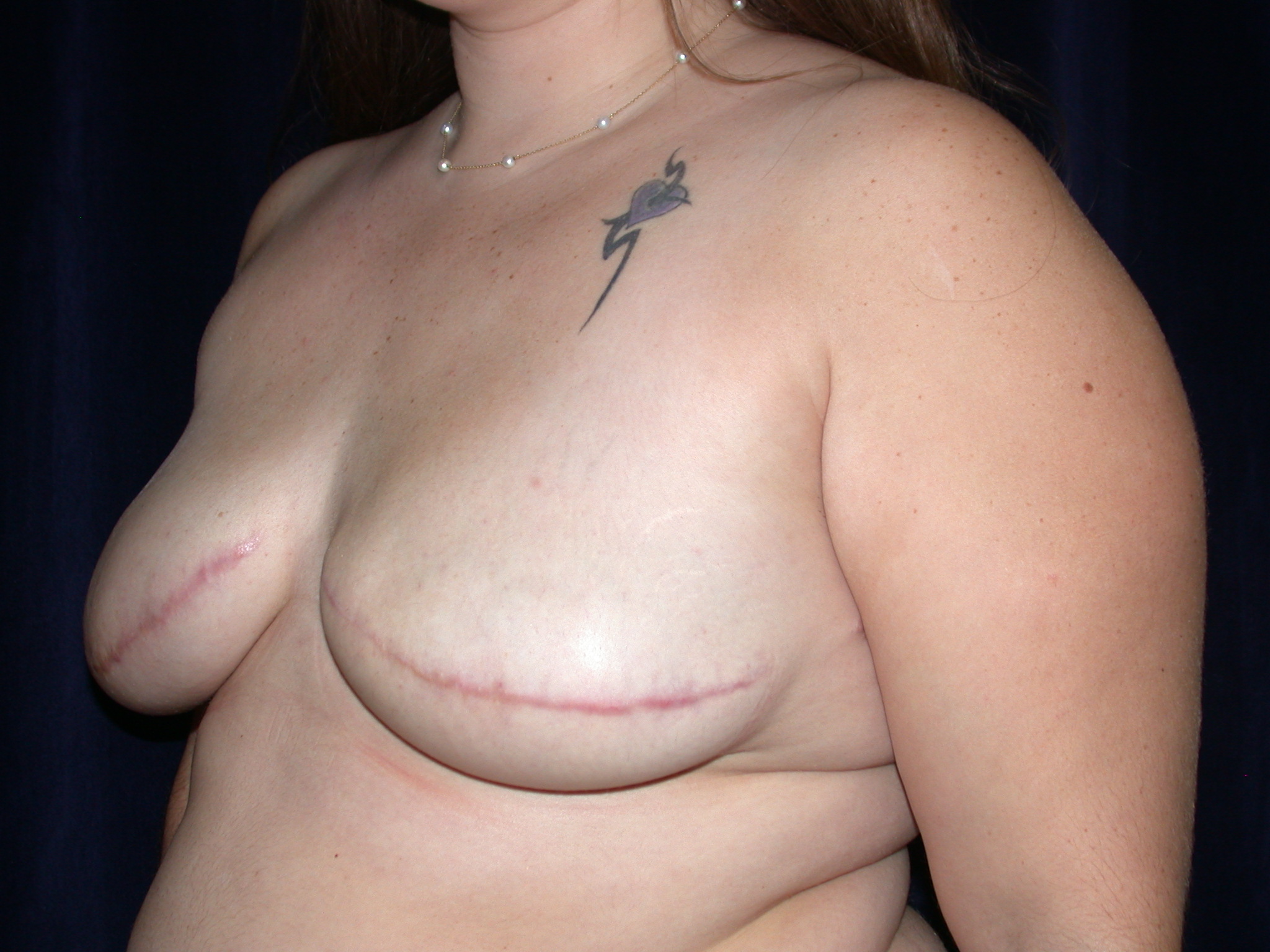
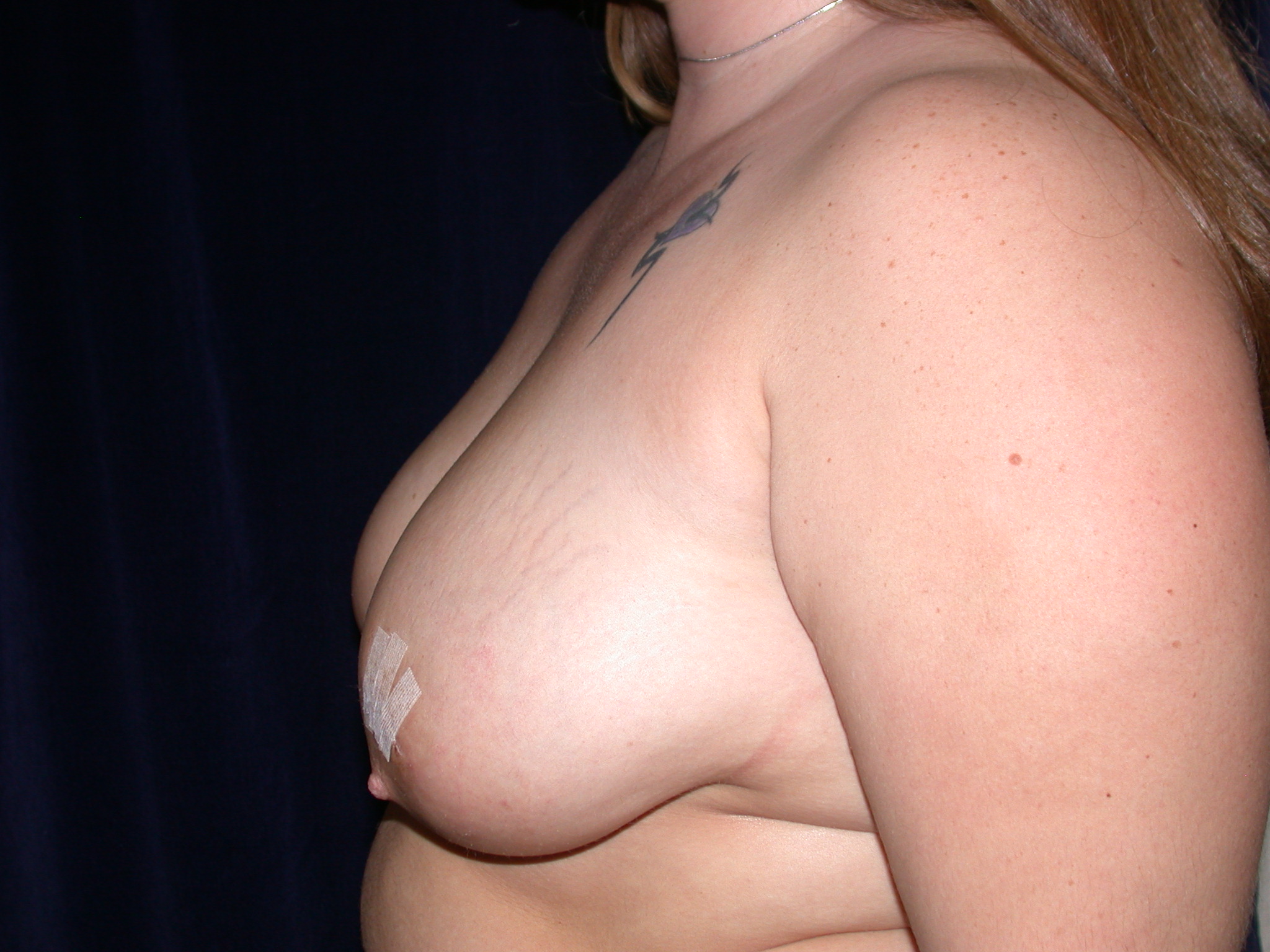
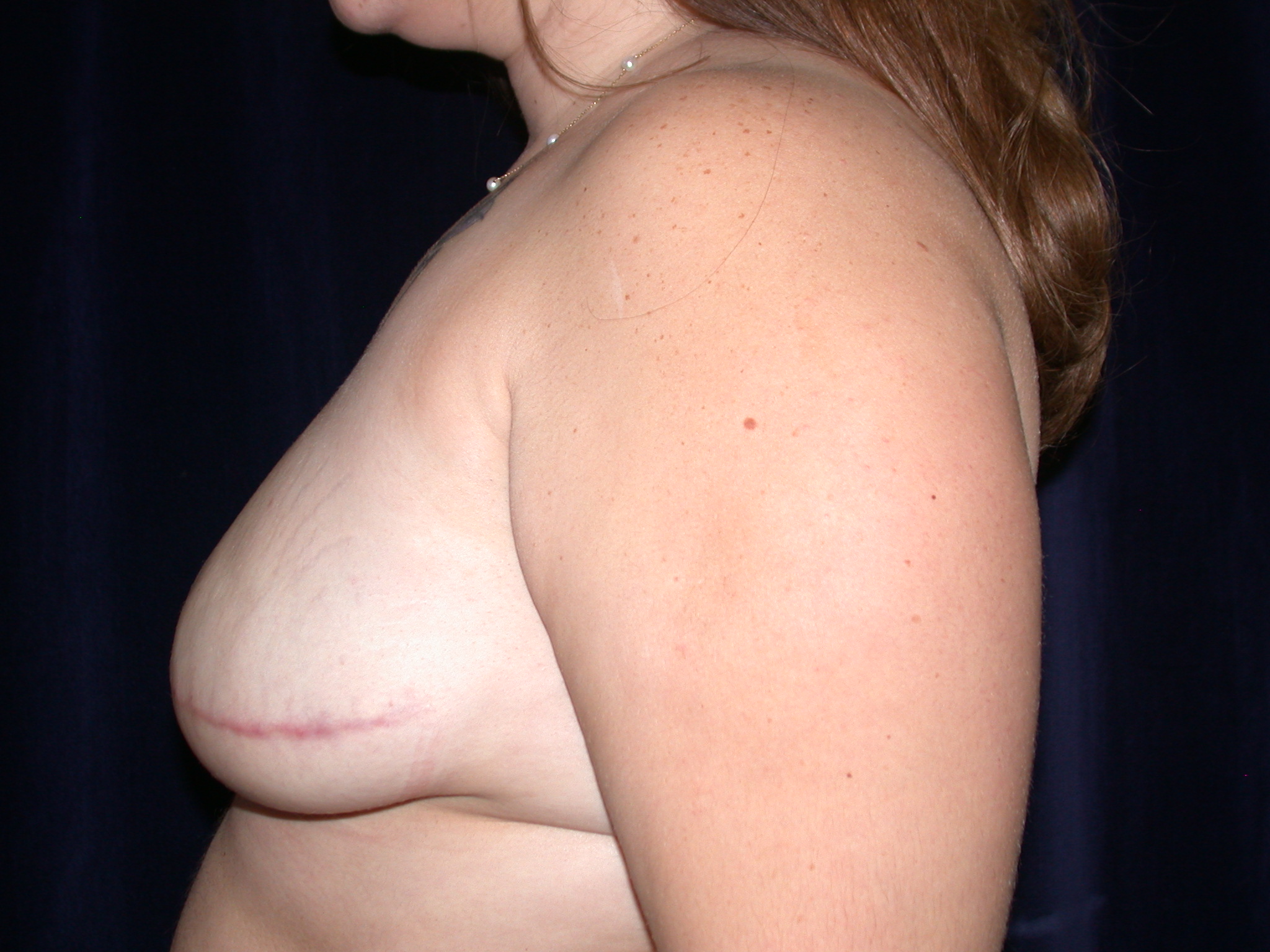
26 yo female, before and 6 months after surgery with Mentor 600cc smooth, round, moderate profile silicone gel implants bilaterally.
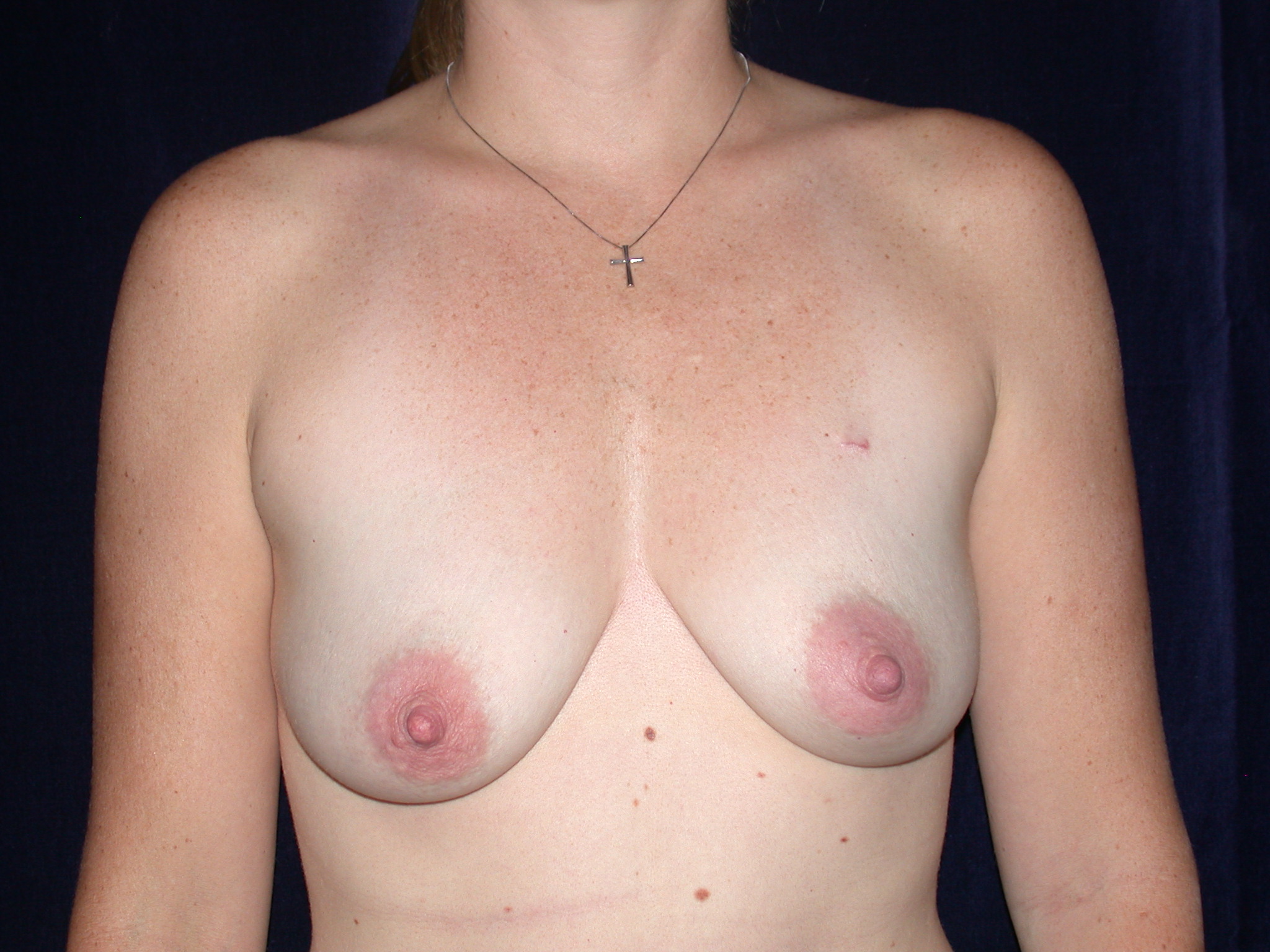

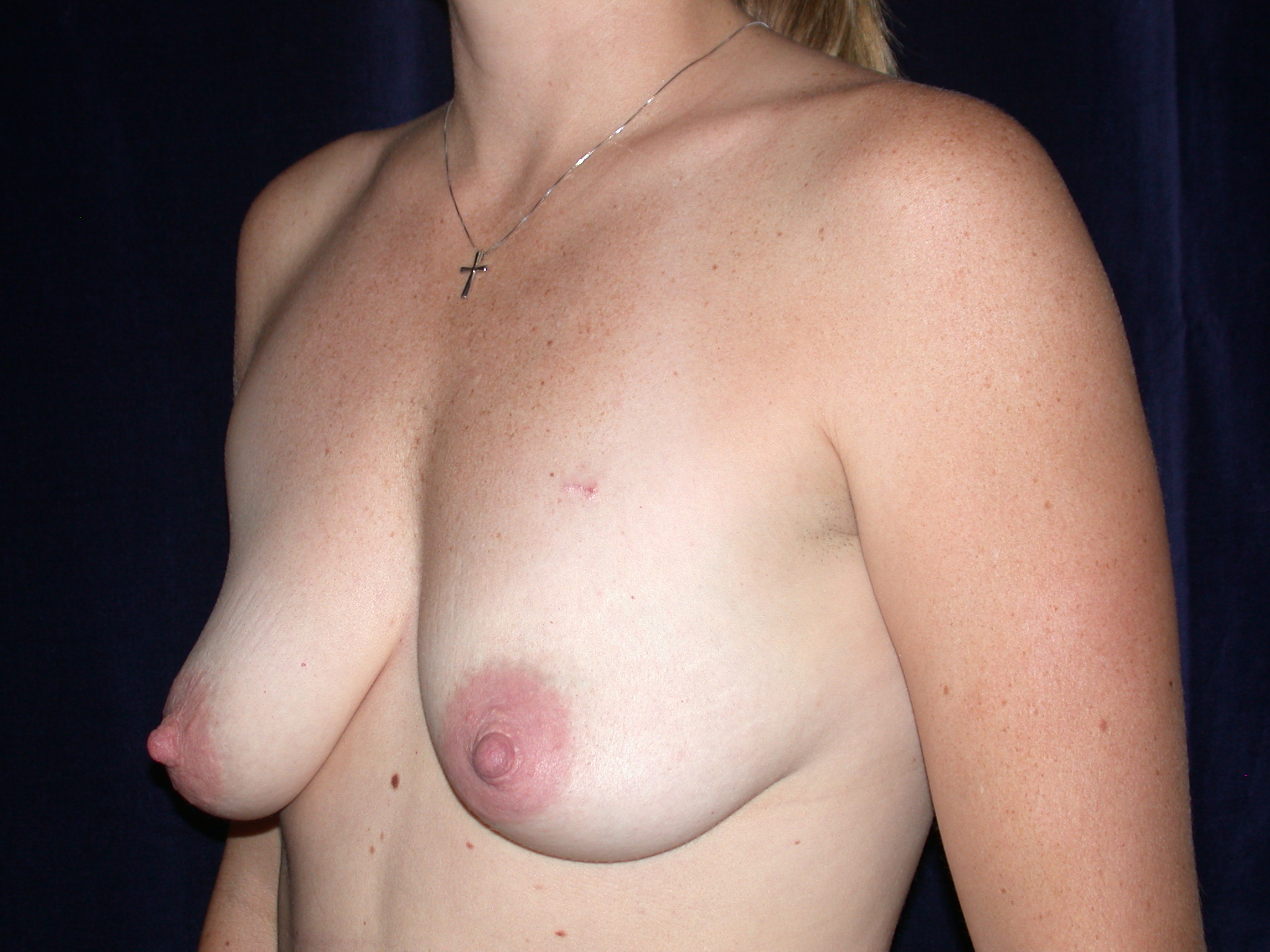

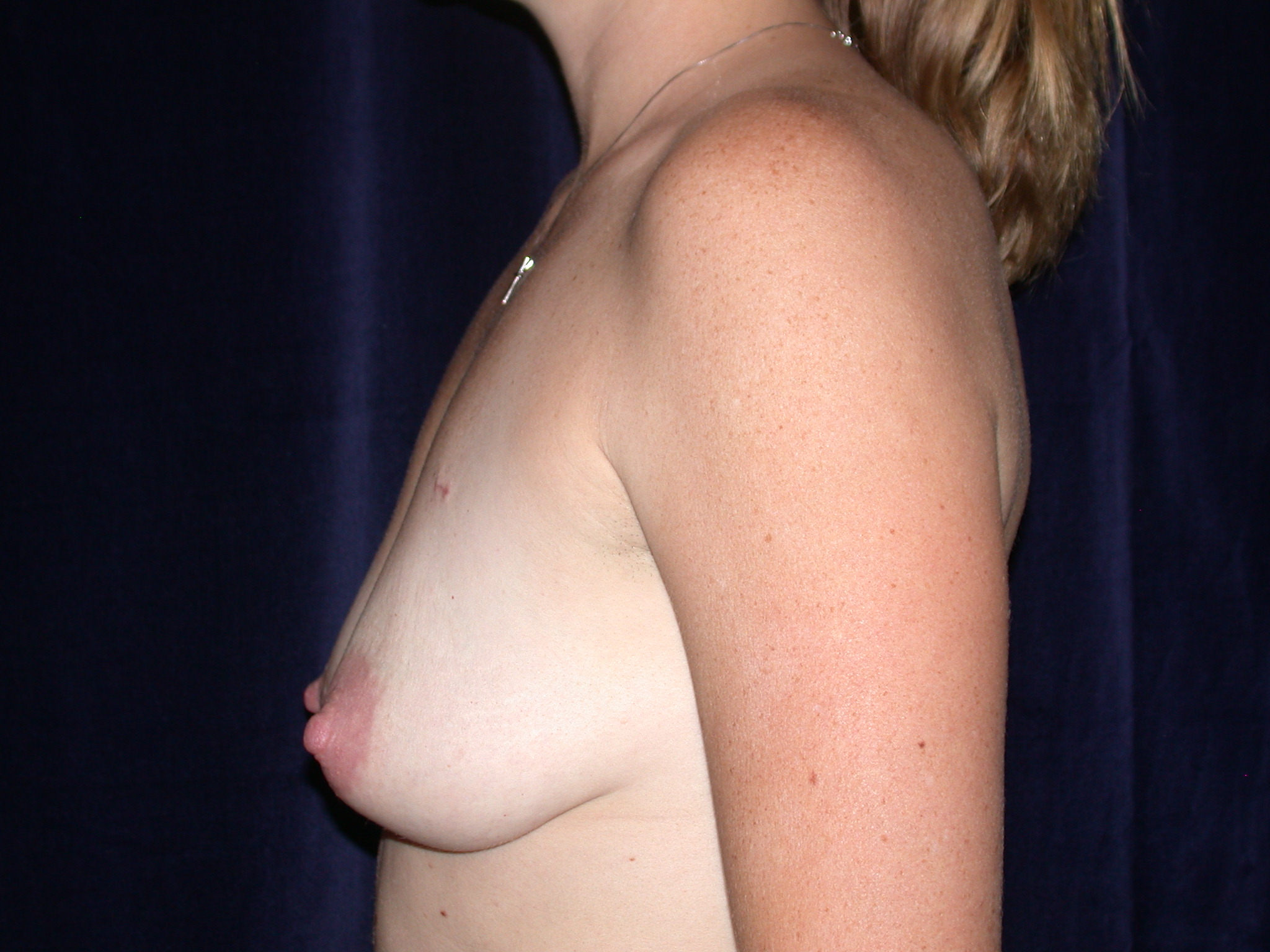
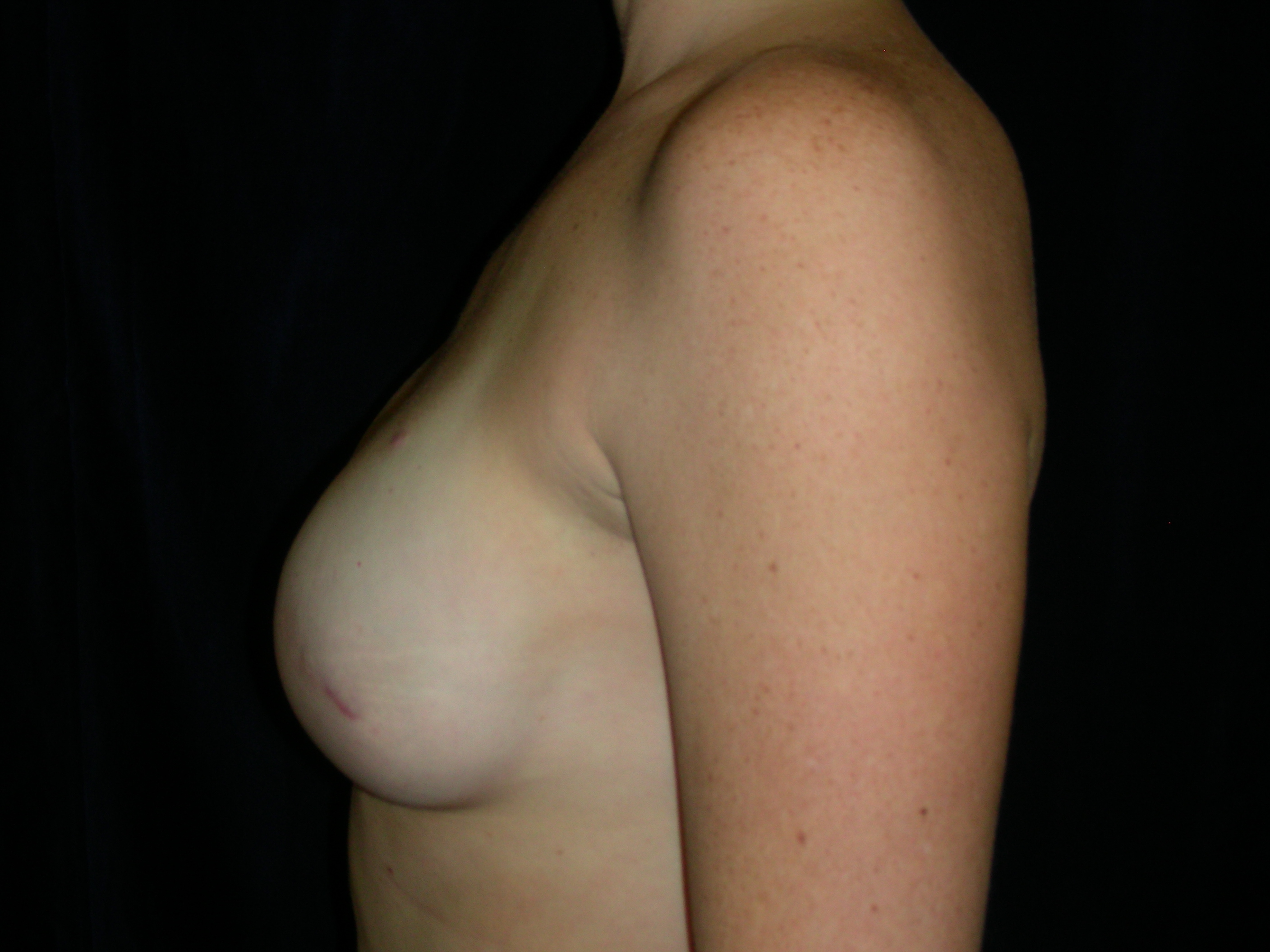
35 yo female, before and 18 months after surgery with Mentor 500cc smooth, round, high profile silicone gel implants bilaterally.
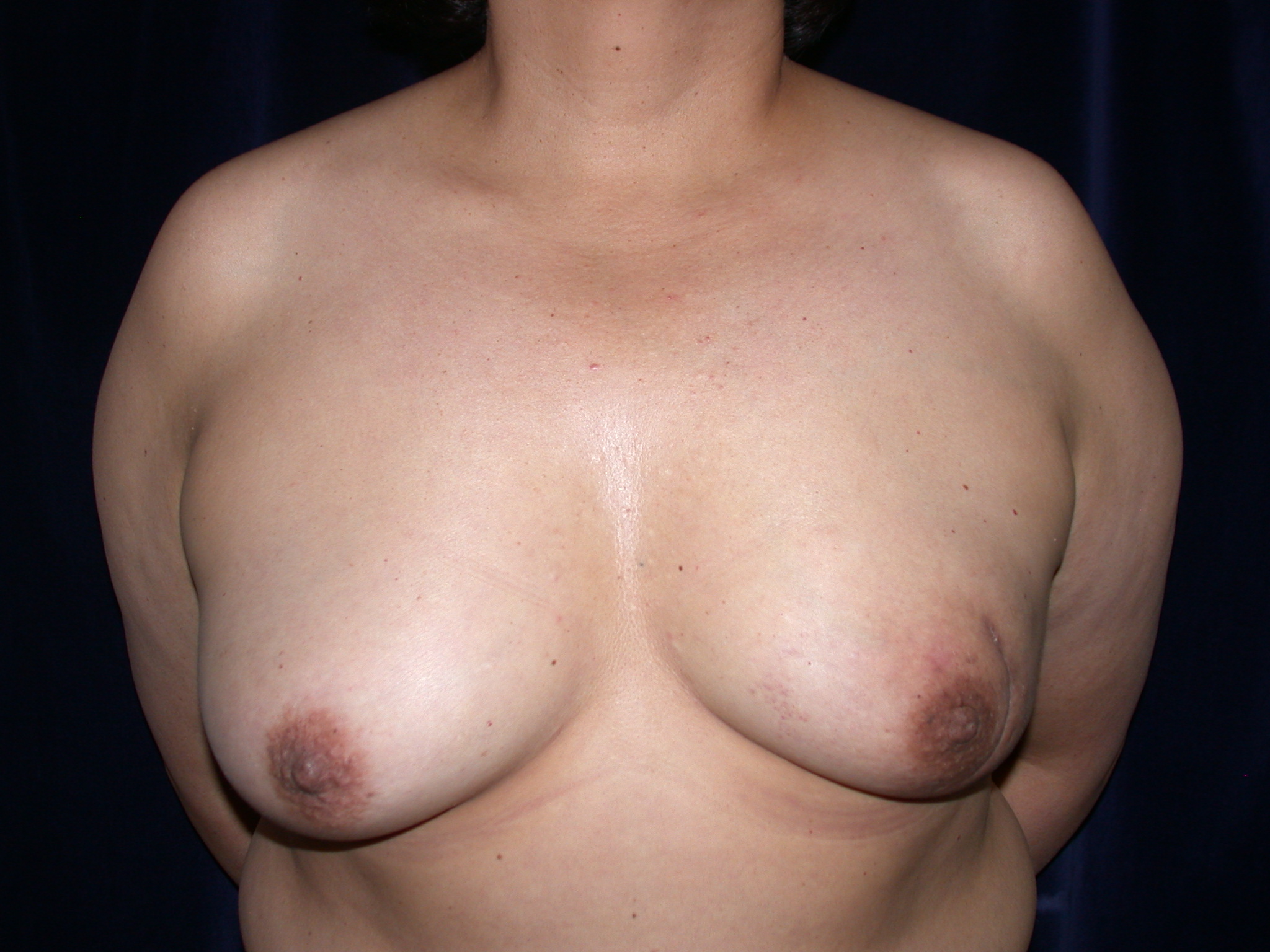

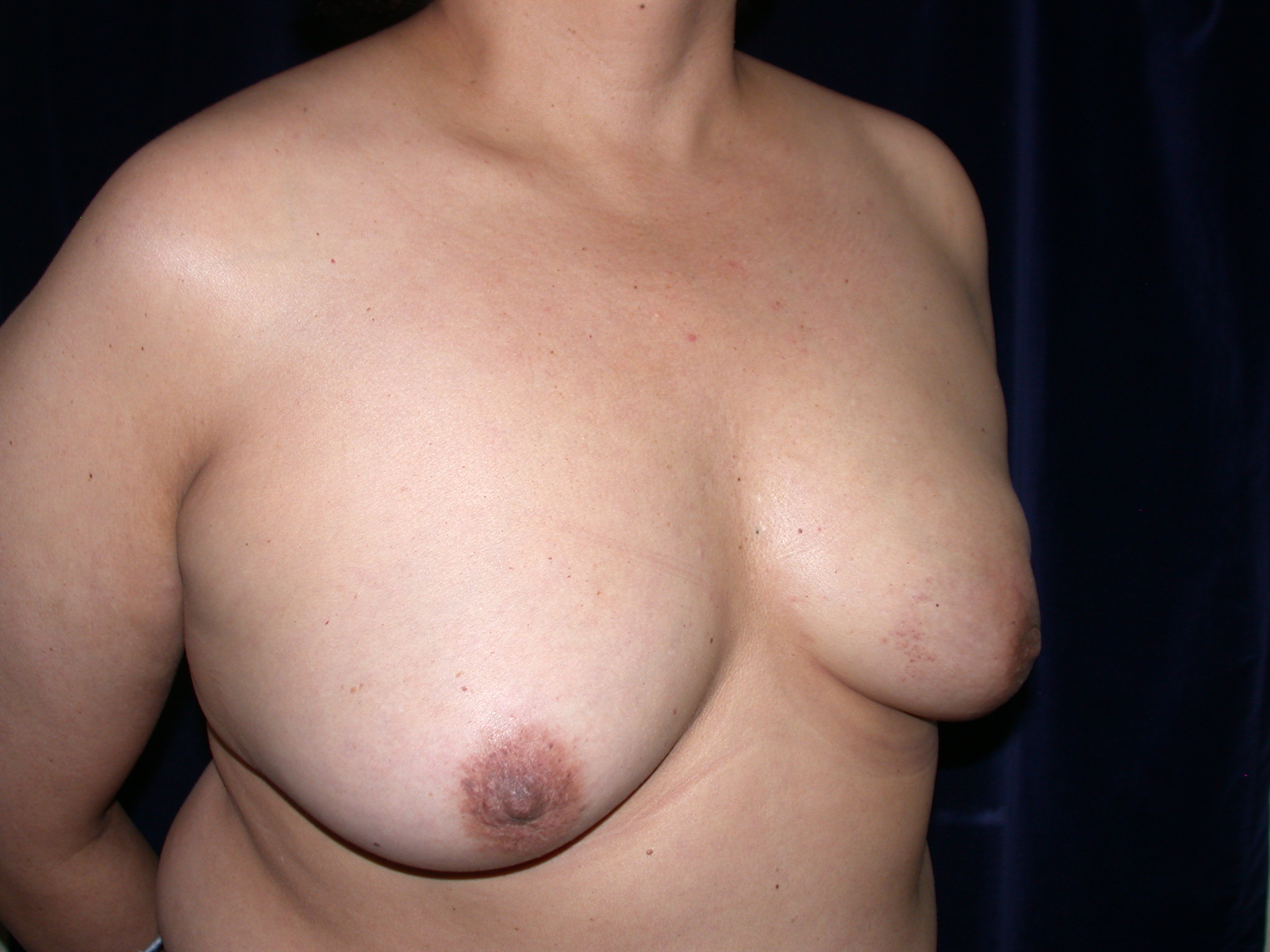

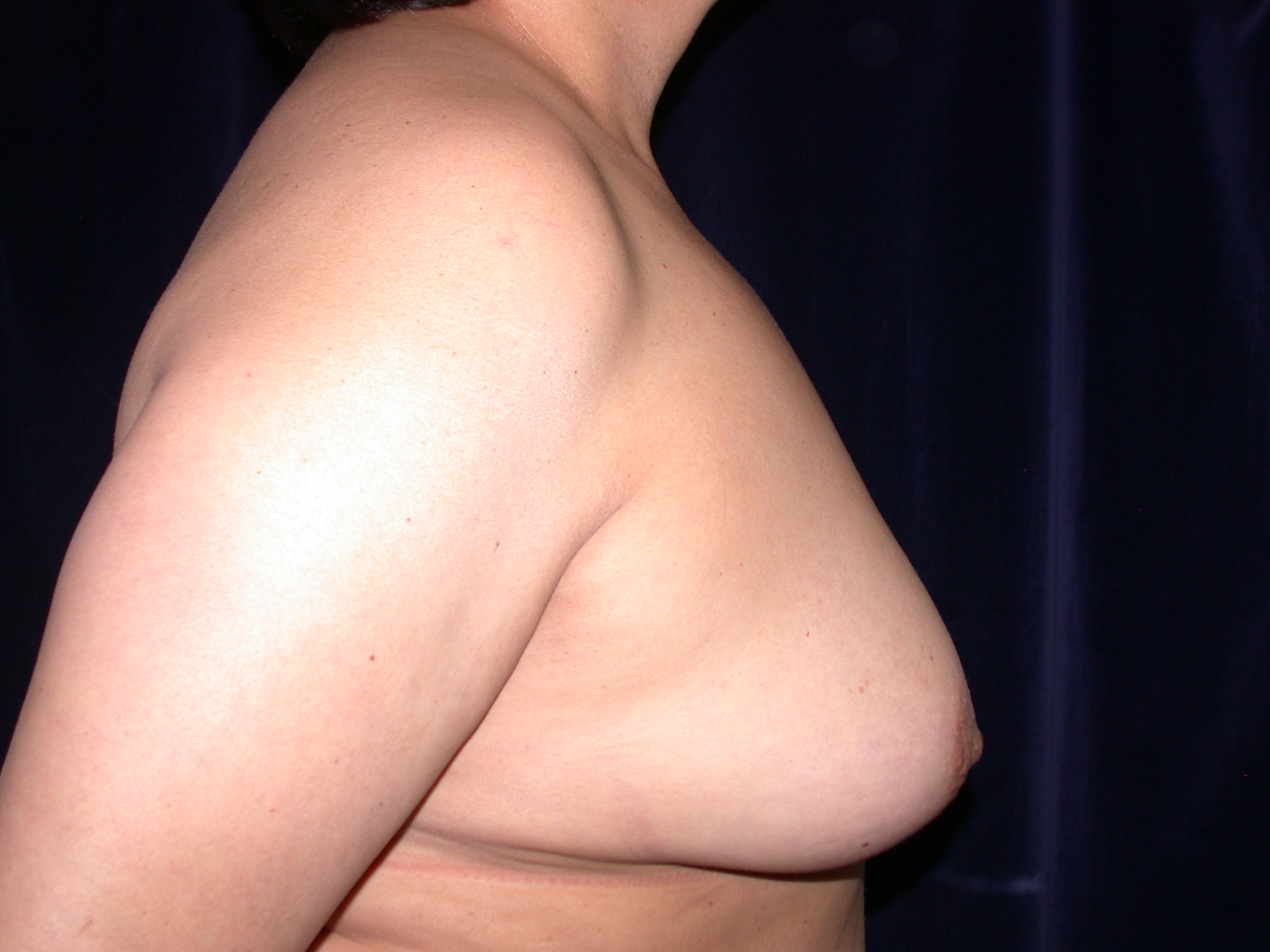
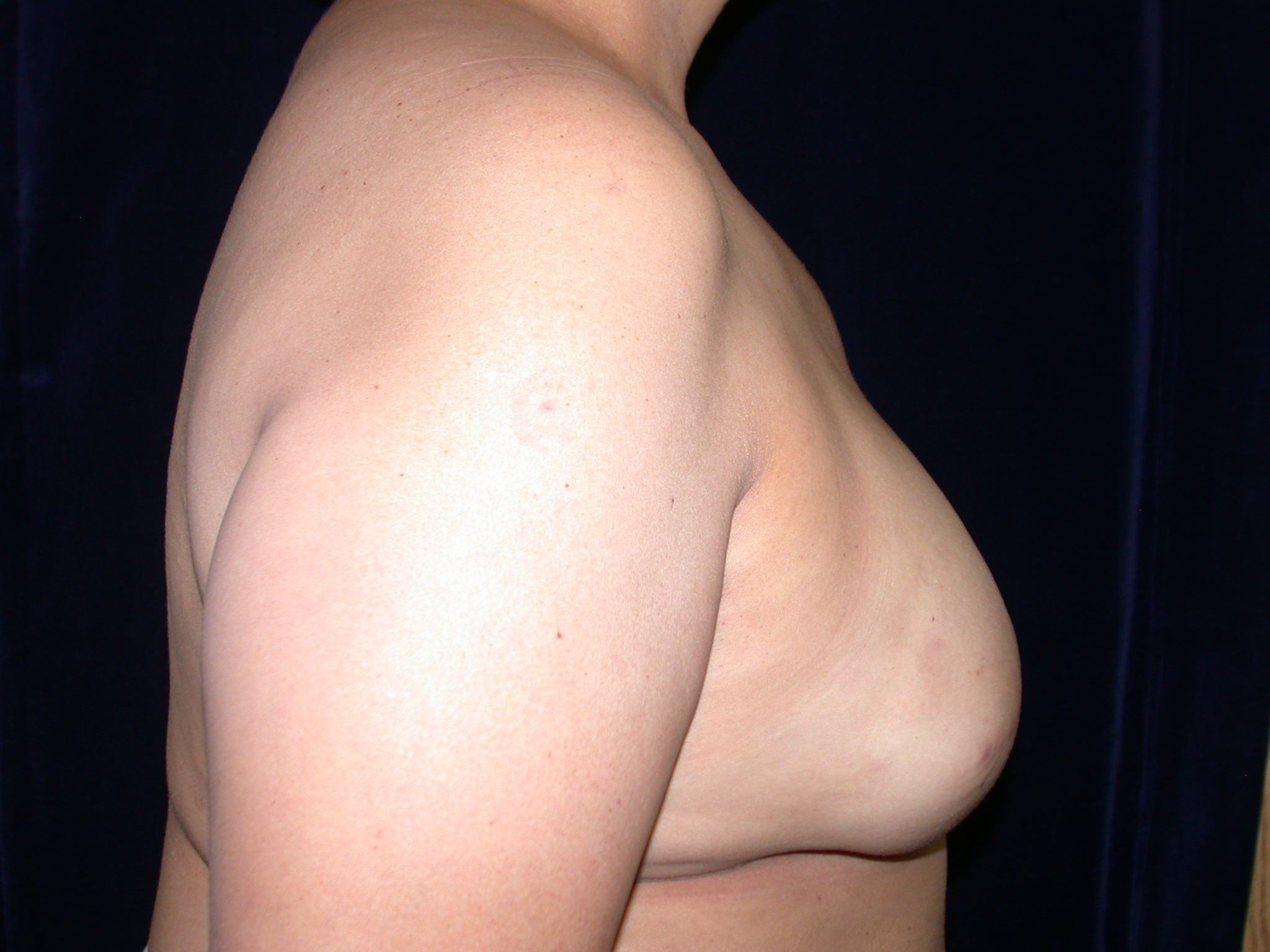
52 yo female, before and 6 months after surgery with Mentor 600cc smooth, round, moderate profile silicone gel implants bilaterally.
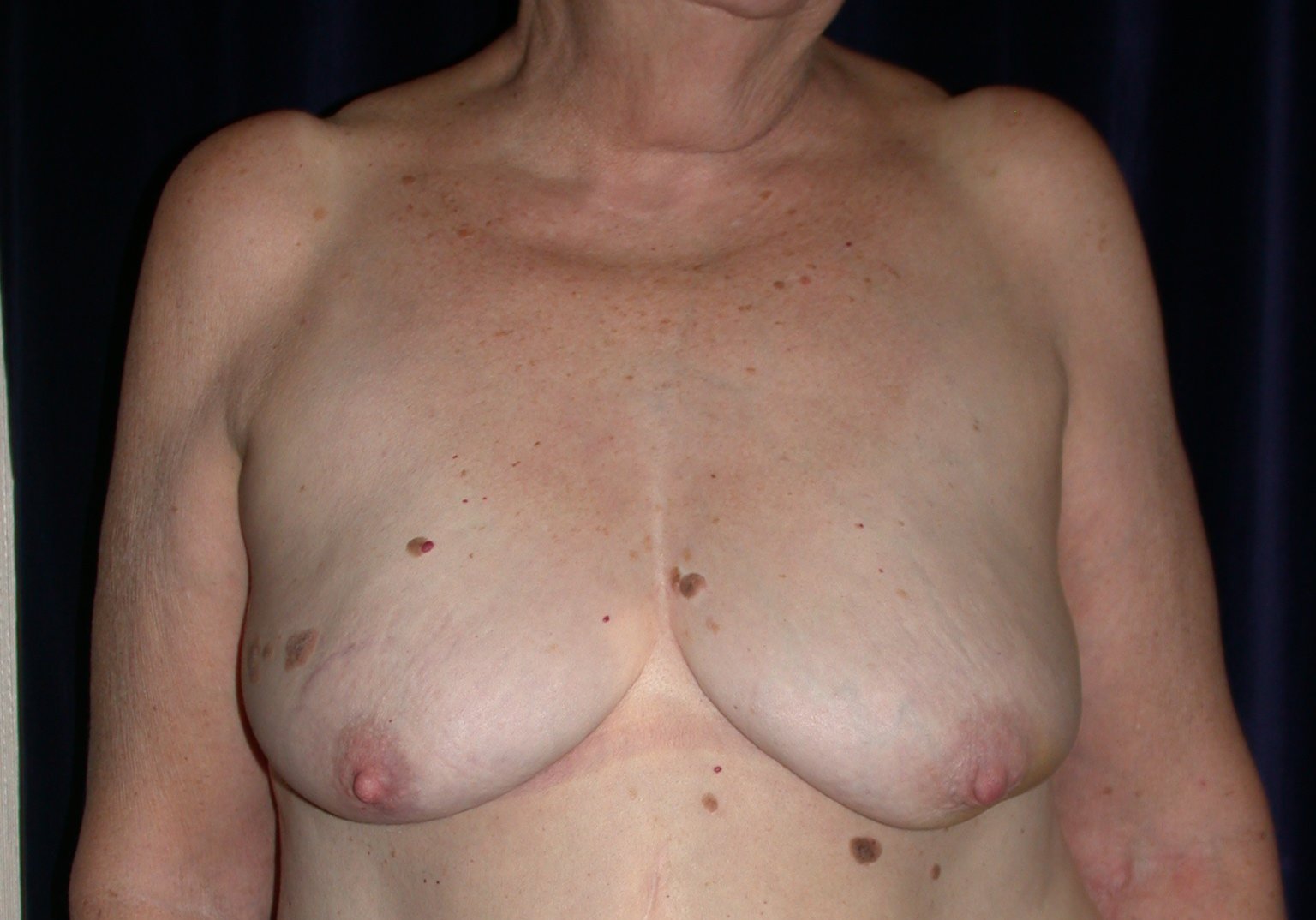
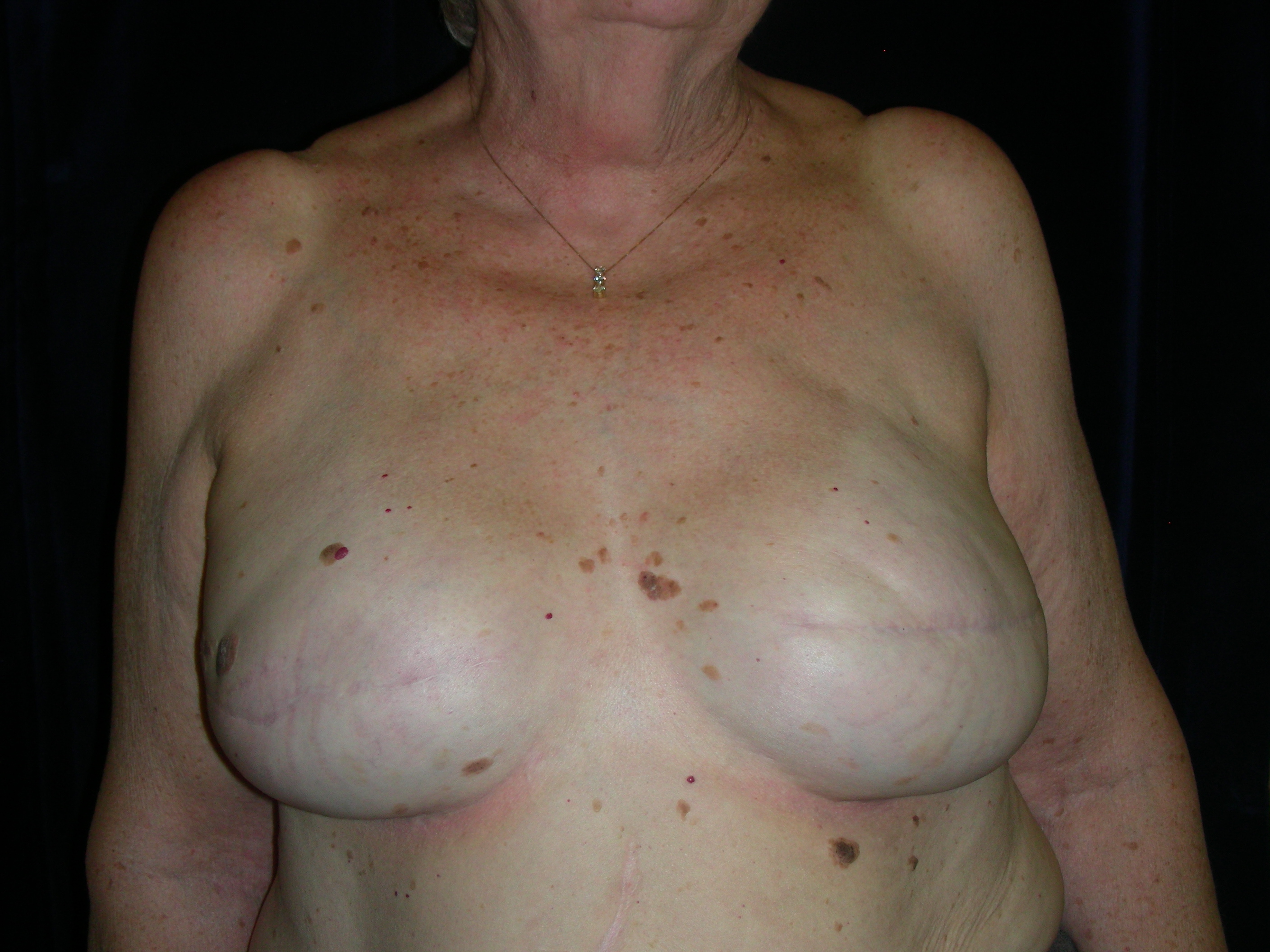
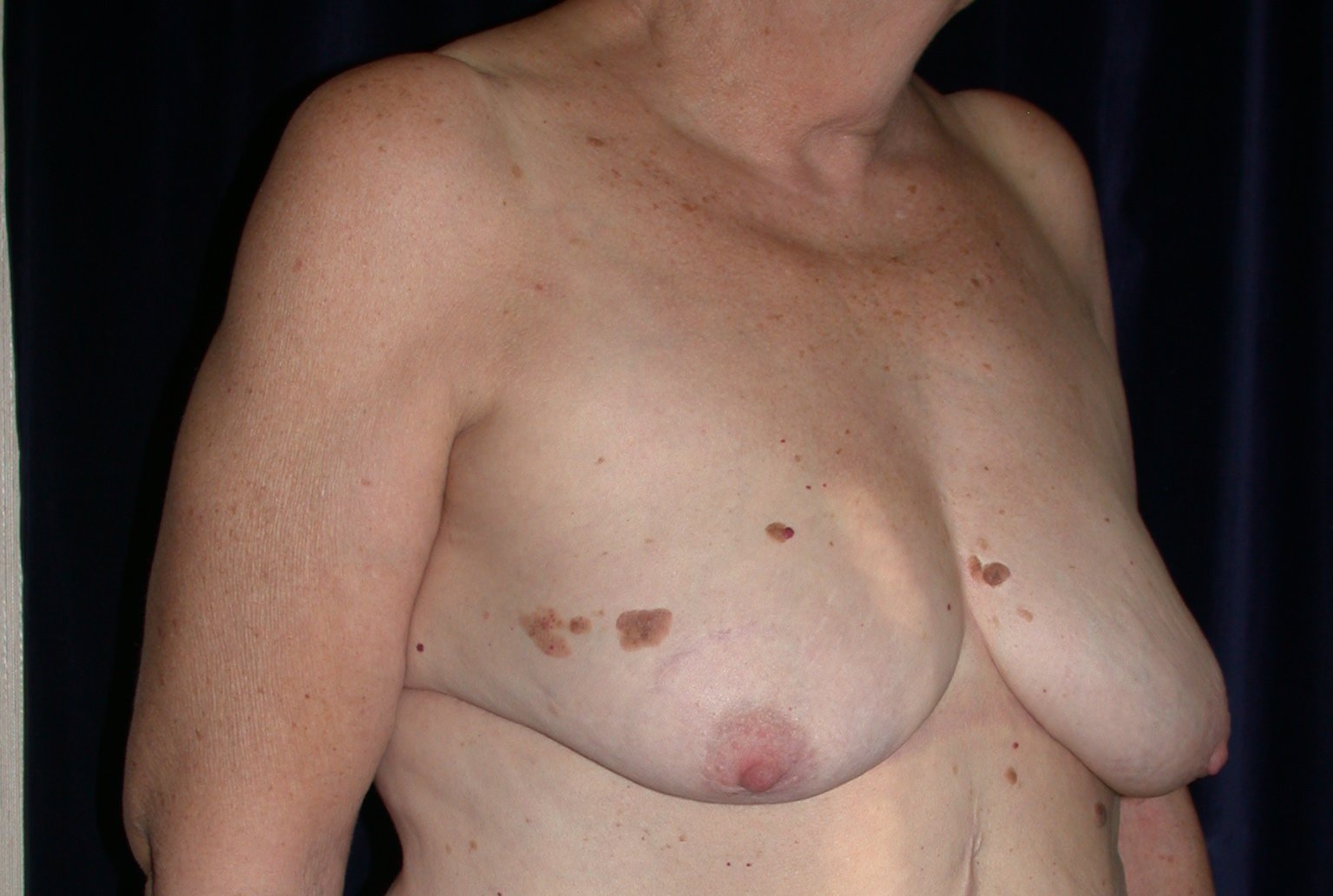

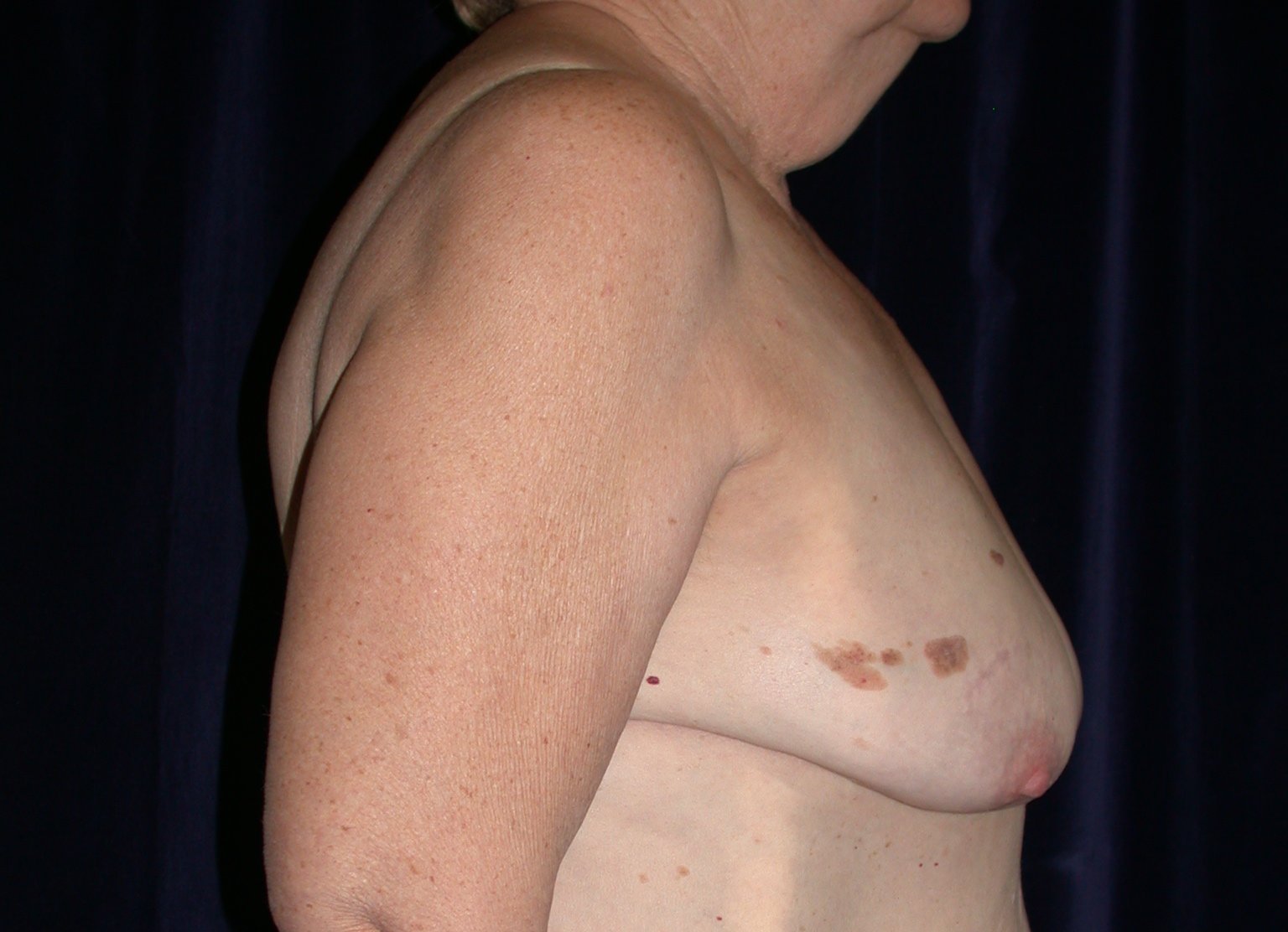
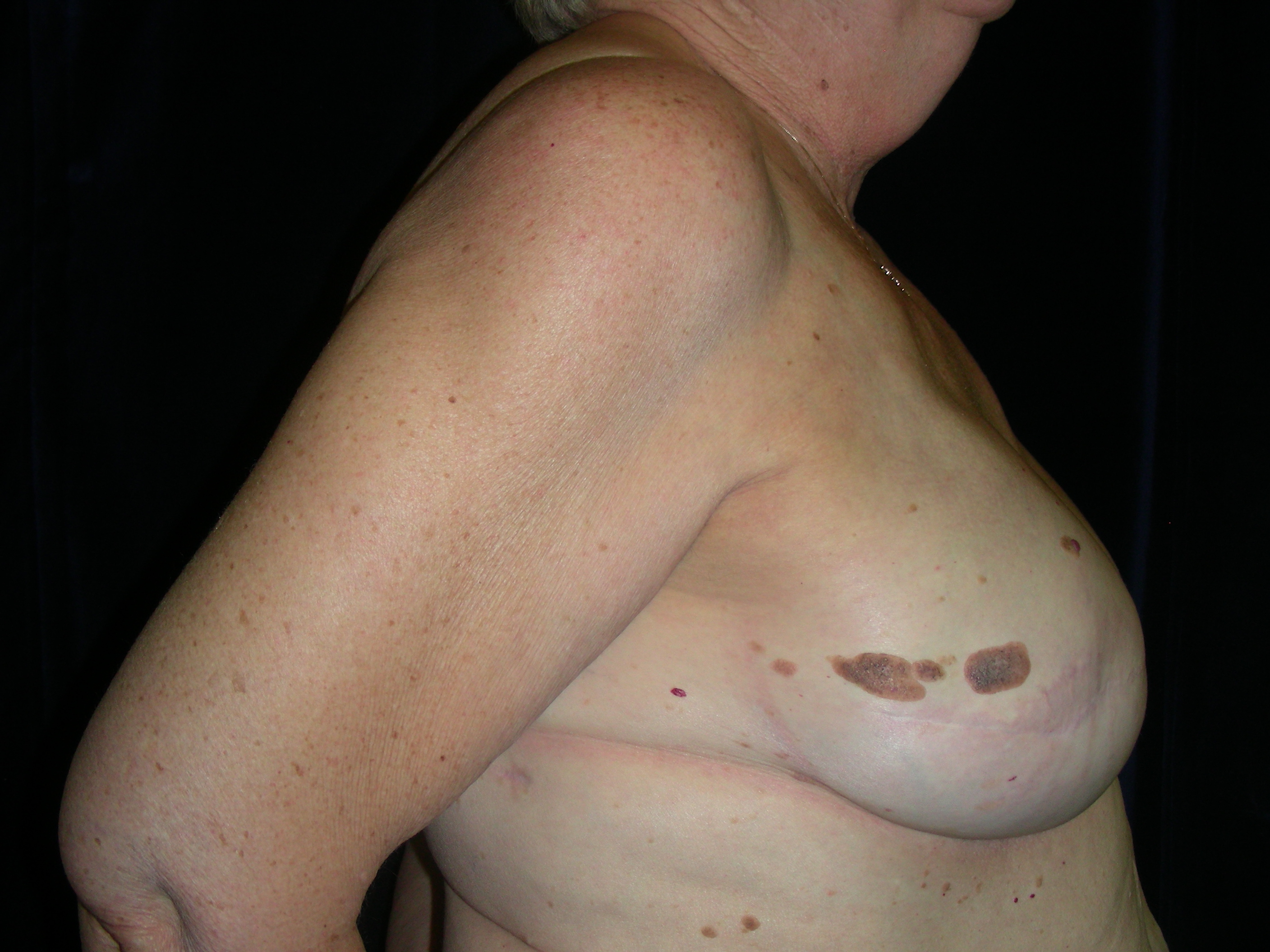
69 yo female, before and 36 months after surgery with Mentor 600cc smooth, round, moderate profile silicone gel implants bilaterally (and 30 months after surgery from open capsulectomy due to infected seroma).
Lisa M. Hunsicker, MD FACS
See more of Breast (Cosmetic and Reconstructive)
Back to 2008am Complete Scientific Program
